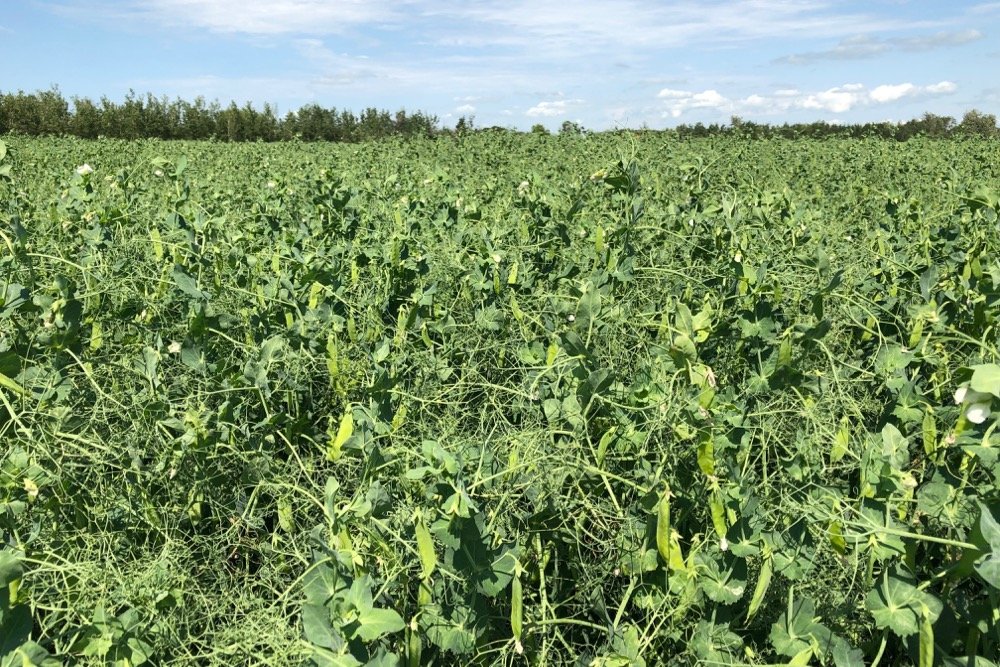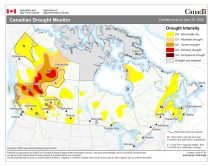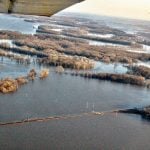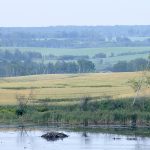The federal government plans to put up $185 million over the next 10 years for farmers to work with scientists and others on new ways to pull carbon out of the air.
Agriculture Minister Marie-Claude Bibeau and Environment Minister Jonathan Wilkinson on Thursday announced the Agricultural Climate Solutions (ACS) program, which the government said is meant to set up “a strong, Canada-wide network of regional collaborations” to be led by farmers.
“Together, they will develop and share management practices that best store carbon and mitigate climate change. This work will also help protect biodiversity, improve water and soil quality, and strengthen farmers’ bottom lines.”
Read Also
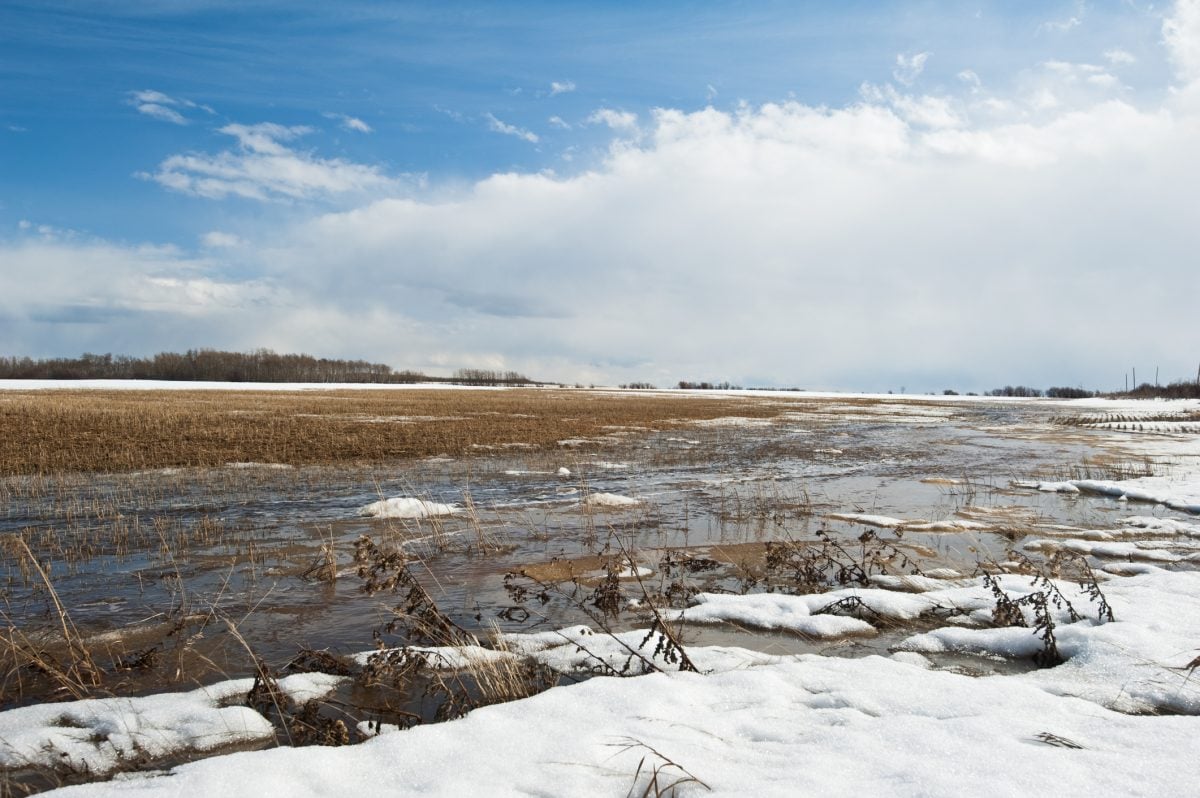
Prairie forecast: Quiet pattern continues as winter struggles for a foothold
For the upcoming forecast period, a large area of low pressure remains anchored off the British Columbia coast, a strong low spins over the Atlantic coast and another, weaker low lingers near Hudson Bay. Between these systems, the flow across the Prairies is largely zonal, meaning it moves west to east with little north–south movement. That pattern will help usher a few weak disturbances across the region during the next several days.
Agriculture and Agri-Food Canada (AAFC) plans to host regional information sessions on the new program “over the coming weeks.”
Applicants seeking non-repayable ACS funding must form “a large network of partnerships within a province,” such as with producer organizations and other agricultural not-for-profits, along with Indigenous organizations and environmental groups, the government said.
The program’s first phase, due to open April 1 and run through June 15, would offer grants of up to $100,000 toward development of proposals focused on regional collaboration hubs, or “Living Labs.”
However, getting grant funding in the first phase would not be a requirement for groups to apply for contribution funding and research and development (R+D) support in the second phase.
That second phase — which could open up to applications “as early as” this fall — would see applicant groups seek funding of up to $10 million per project. If requested, groups applying for second-phase funding could also get R+D support from a team of government department scientists, led by AAFC.
Approved projects from the first intake of the second phase would be expected to begin in the spring of 2022.
Past that, a second intake of Phase 1 and Phase 2 applications toward more ACS projects would also begin in spring next year.
“This program allows researchers, farmers and other groups to work closely together and test their ideas on farm to evaluate them in real-world circumstances to achieve meaningful results,” Canadian Federation of Agriculture president Mary Robinson said in the government’s release.
ACS, the government said, is based on an expanded model of AAFC’s Living Labs networks, which it noted are already underway in Manitoba, Ontario, Quebec and Prince Edward Island.
“The aim is for every province in Canada to have at least one collaboration hub,” the government said. Those hubs would centre on farms where best practices would be developed, with examples such as cover cropping, intercropping, conversion of marginal land to permanent cover, shelterbelts, nutrient management and including pulses in rotations.
Applicants “will need to demonstrate their ability to engage with researchers and develop plans for knowledge transfer and adoption among their peers.”
Farmers and farm groups, AAFC said, “will be at the centre of decision making, innovation and on-farm activities at each hub.”
Knowledge transfer is a feature of the program, so as to help participating groups roll out solutions that are “tailored to their region” and promote environmental sustainability and resiliency in the ag sector, the government said.
“Canadian farmers are constantly innovating to make their practices more sustainable,” Wilkinson said in the government’s release. The ACS is meant to help them continue that work, he said, by “identifying and implementing on farm management practices that engage the power of nature-based solutions to cut carbon pollution and support biodiversity.”
ACS’ budget will come from the Natural Climate Solutions Fund, a $4 billion-plus fund that AAFC, Natural Resources Canada and Environment and Climate Change Canada manage in partnership. — Glacier FarmMedia Network

